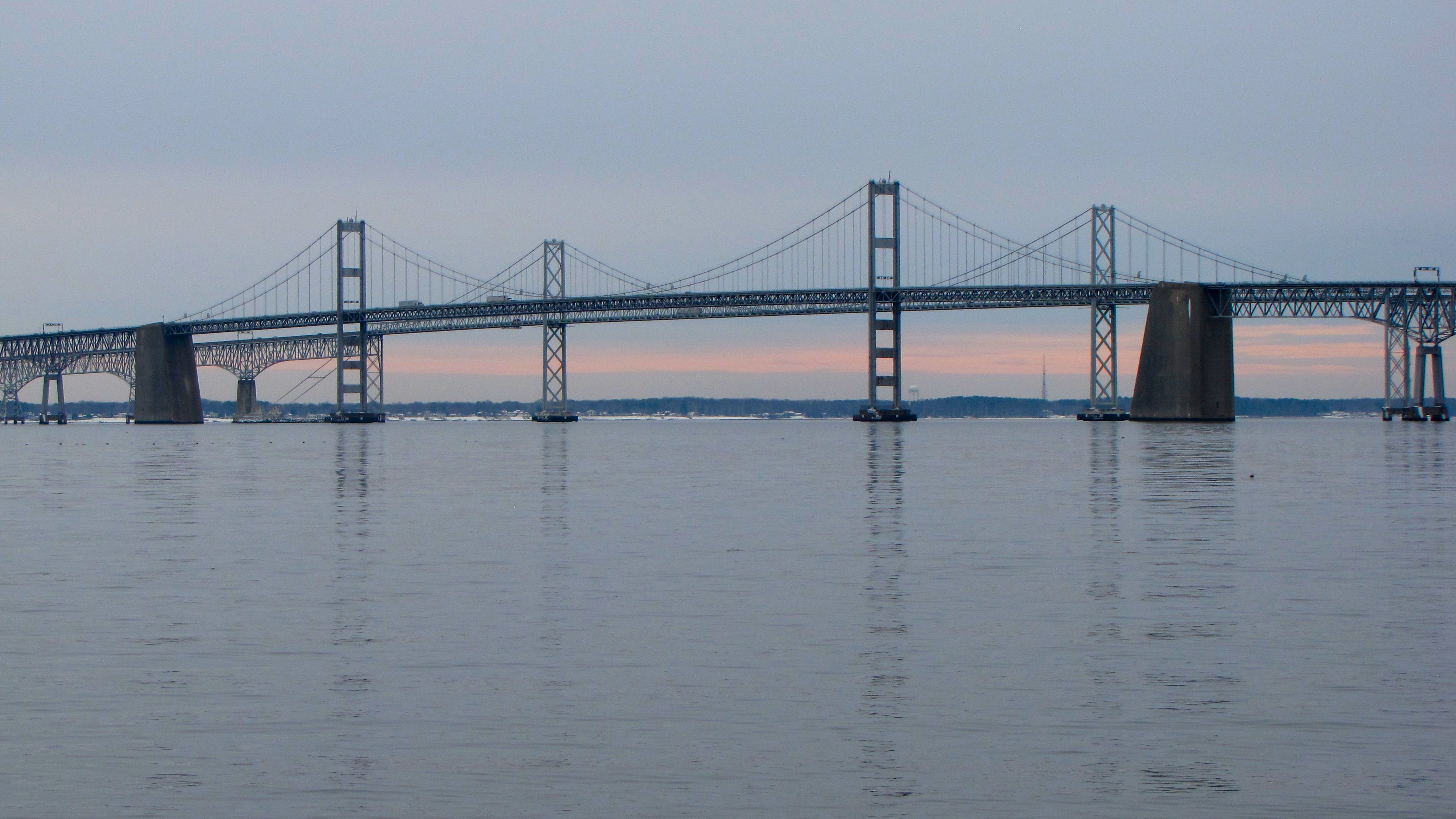Article: Brooke et al. 2017. Seabird population changes following mammal eradications on islands. Animal Conservation. doi:10.1111/acv.12344
Invaders still invading
The problem of invasive species is centuries old, and sometimes seems to be overshadowed by flashier or more recently discovered environmental problems like plastic pollution or climate change. Yet invasive species remain one of the paramount problems facing ecosystems around the globe. An invasive species is any species that is introduced into a new habitat without proper checks and balances; invasive species often flourish at the expense of native flora and fauna. Island habitats are particularly vulnerable to damage from invasive species, as islands are often home to unique creatures that can’t be found anywhere else, known as endemic species. These endemic species interact in very specific ways, forming fragile yet balanced island food webs. Adding an invasive species to such a balance usually results in mayhem, as the invasive species readily disrupts ecosystem balance by eating or outcompeting native creatures (i.e. cats have forced the extinction of several small land animals in Australia, or pythons are devastating populations of native species in the Everglades).
Seabird populations have plummeted by almost 70% since 1950, in a large part because of invasive predators, as these birds evolved to nest and raise their young on islands without intense predation pressure.

So all of a sudden when cats or rats or some other new predator arrives, the nesting seabirds are quite literally sitting ducks, with little to no ability to protect themselves or their own young from unfamiliar predators. Yet researchers from across the globe recently offered some hopeful insights regarding the seabird-invasive species situation; seabird populations are making a comeback on islands where invasive mammals have been removed.
Data-mining with seabird surveys
Dr. Michael Brooke from the University of Cambridge and his team rounded up existing data sets describing more than 161 seabird colonies containing 69 different seabird species around the globe; datasets had to contain metrics about how the given population was growing both before and after invasive mammals were removed. Datasets were grouped into categories based on which type of predator was removed, and were analyzed with relatively straightforward linear models to pinpoint differences in population growth between predator removal types and between seabird species.
This simple yet effective use of existing data exposed a success story for seabirds; 151 colonies possessed positive population growth rates following predator removal, as opposed to only 23 colonies with a negative population growth rate. The median population growth rate was 1.119, meaning overall the colonies examined were expanding by adding more chicks rather than losing individuals to predation.

Gulls and terns colonies grew in number faster compared to other seabird families, likely because gulls and terns are somewhat less site-specific when it comes to breeding location preferences, meaning some immigration between colonies buoyed initial population growth rates observed in these two families. Colonies overall did better with more comprehensive predator removal, i.e. removing all invasive predators rather than just one of several.

A seabird success story is an ocean success story
This assessment essentially highlights something going right in conservation science; instead of harming seabirds, humans are actually helping rectify some wrongs by removing harmful invasive species from seabird breeding islands. Invasive mammal removal policies, when implemented effectively, are a strong tool for seabird conservation, and the authors recommend that more invasive species programs incorporate post-removal monitoring to better quantify their successes. Seabirds are vital for healthy oceans and marine food webs, and act as ecological indicators in marine environments; by keeping seabirds healthy, by extension we are ensuring our own ability to enjoy and use a healthy ocean.
I am a third year PhD student at the University of Rhode Island Graduate School of Oceanography in the Lohmann Lab. My current research interests include environmental chemistry, water quality, as well as coastal and seabird ecology. When not in the lab, I enjoy diving, surfing, and hanging out with my dog Gypsy.

